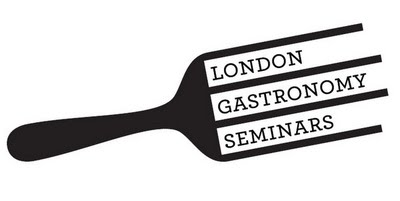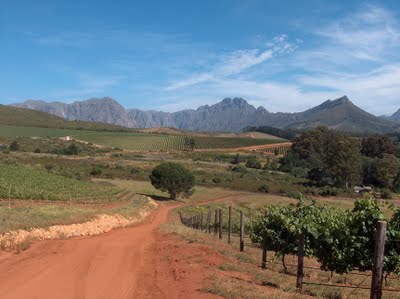I was supposed to be flying premium economy tonight, but I've happily been upgraded, so now I get to use the T5 BA lounge (I think it's the north one I'm in). So a chance to taste some wines and relax a bit before a flight that will be made immeasurably more comfortable by those lovely BA lie-flat beds.
First up, Cline Cool Climate Syrah 2006 Sonoma Coast. A bit more warm climate by taste: rich, sweet, a bit cedary, hints of tar. Lots of sweet, spicy plummy fruit. A bit rich and woody for my tastes, so 84/100.
Next, Ben Glaetzer Wallace Shiraz Cabernet 2006 Barossa. Very sweet, rich, warm and spicy with dense fruit and some warm woody notes. Some tannin, too, with a slightly drying finish. A bold style, classic Barossa. 89/100.
Another red. Plantagenet Omrah Cabernet Sauvignon 2005 Western Australia. Minty blackcurrant fruit here. Very ripe fruit profile with some warmth to it. Verging on lush. Not as well defined as I'd like, so 86/100
The first of three saffers: Simonsig Labyrinth Cabernet Sauvignon 2004 Stellenbosch is dense, spicy and quite elegant with some of that South African savoury earthiness under the blackcurrant and plum fruit. Smooth and refined. 88/100
The whites? They probably pip the reds, led by two nice, contrasting Chardonnays. De Wetshof Lesca Chardonnay 2008 Robertson is fresh, precise and gently nutty with lovely citrus fruit leading the line. Subtly toasty. Chablis-like, in a way. 91/100. Catena Chardonnay 2007 Mendoza is a bit of a tart, with plump, lush mealy, bready, oaty richness to the fruit. Sophisticated stuff in a very ripe, full style. 89/100.
The final saffer is a green-dominated Sauvignon. Zevenwacht Sauvignon Blanc 2008 Stellenbosch has a strongly green herbal nose with a chalky, mineral edge. The palate is strongly flavoured, precise and herbal with vibrant green pepper notes and good acidity. Stylish in this methoxypyrazine-dominated style. 88/100
And Spain? Sin Palastras Castrovaldes Albarino 2007 Rias Baixas has a fresh, pure, grape and grapefruit nose. The palate is quite pure with nice herb and grape character and a crisp, bright finish. Simple, but with lovely fruit. 88/100


 The web log of wine journalist Jamie Goode. Feel free to nose around; your comments are welcome
The web log of wine journalist Jamie Goode. Feel free to nose around; your comments are welcome 
